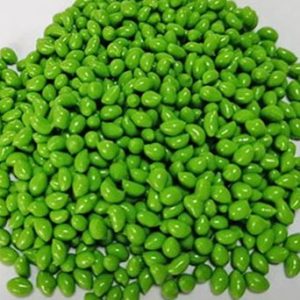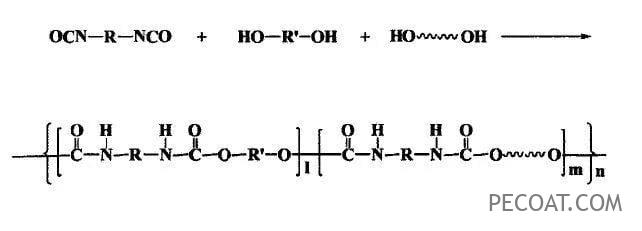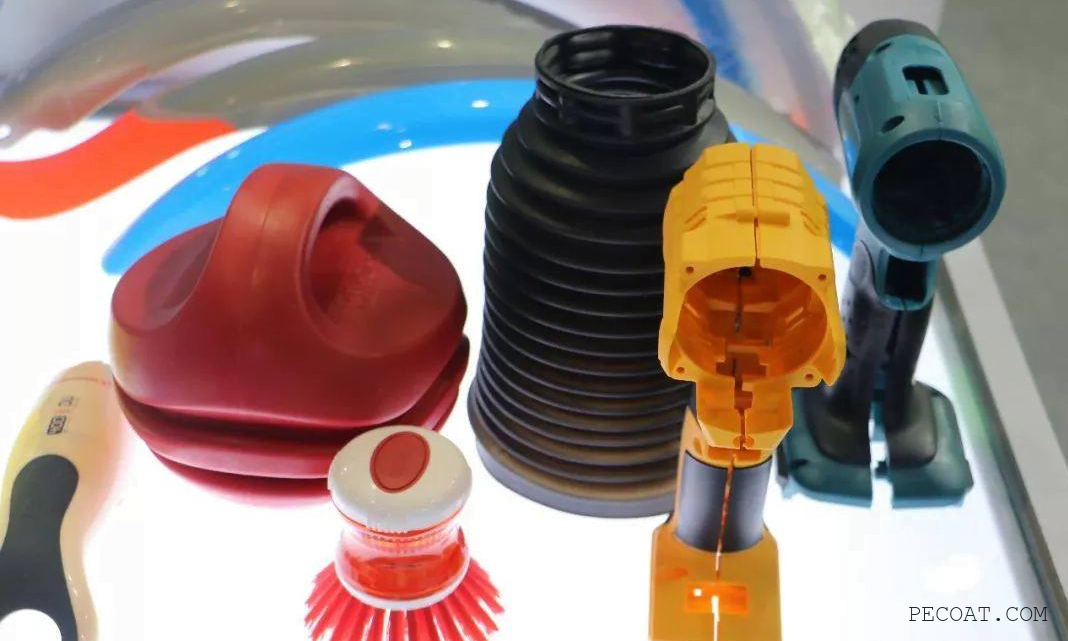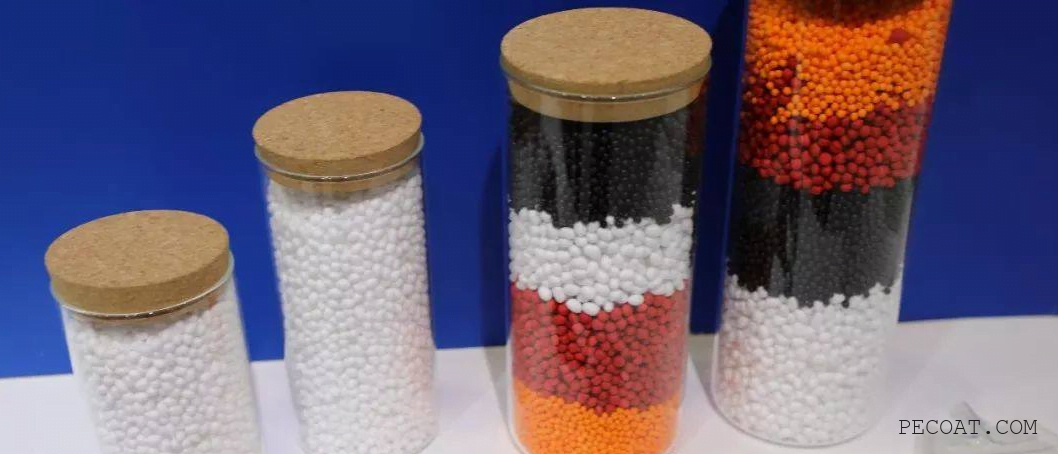TPU Material – Comprehensive Analysis

What is TPU
TPU is thermoplastic polyurethane, a type of polyurethane that can be heated and molded, and dissolved in solvents. Compared with blended and cast polyurethane, thermoplastic polyurethane has little or no chemical cross-linking in its chemical structure, and its molecules are basically linear, but there is a certain amount of physical exchange.
The concept of physical exchange was first proposed by Schollenberge C.S. in 1958, which refers to the “connection points” between linear polyurethane molecular chains that are thermally or reversibly soluble in solvents. It is not actually a chemical cross-link, but it plays the role of a chemical cross-link. Due to the effect of this physical exchange, polyurethane forms a multiphase morphology theory, and the hydrogen bonds of polyurethane enhance its morphology and make it more resistant to higher humidity.
Classification of TPU
Now that we know what TPU is, what are its classifications? Depending on different classification standards, TPU materials can have many different classifications.
For example, according to the soft segment structure, they can be divided into polyester type, polyether type, and butadiene type, which contain ester, ether, or butene groups, respectively. According to the hard segment structure, they can be divided into urethane type and urethane urea type, which are obtained by diol chain extender or diamine chain extender, respectively. The commonly used classification is divided into polyester type and polyether type.
According to whether there is cross-linking, it can be divided into pure thermoplastic and semi-thermoplastic. The former is a pure linear structure without cross-linking bonds, while the latter contains a small amount of cross-linking bonds such as urethane methacrylate. According to the use of finished products, it can be divided into special-shaped parts (various mechanical parts), pipes (sheaths, rod profiles), films (sheets, thin plates), as well as adhesives, coatings, fibers, etc.
How is TPU synthesized
TPU, from a molecular structure perspective, belongs to polyurethane. So how is it synthesized?
According to different synthesis processes, it is mainly divided into bulk polymerization and solution polymerization.

In bulk polymerization, it can be further divided into pre-polymerization and one-step method based on whether there is a pre-reaction.
- Pre-polymerization involves reacting diisocyanate with high molecular weight diol for a certain period of time, and then adding a chain extender to produce TPU.
- One-step method involves mixing high molecular weight diol, diisocyanate, and chain extender together to react and produce TPU.
Solution polymerization involves dissolving diisocyanate in a solvent, adding high molecular weight diol to react for a certain period of time, and finally adding a chain extender to produce TPU.
The type of TPU soft segment, molecular weight, content of hard or soft segments, and TPU aggregation state will affect the density of TPU, which is approximately between 1.10 and 1.25, with no significant difference from other rubbers and plastics.
At the same hardness, the density of polyether TPU is lower than that of polyester TPU.
How is TPU material processed
TPU materials are processed through various methods to form the final product after the synthesis of TPU particles.The main methods used for TPU processing are melt processing and solution processing.

Melt processing is common used process in plastic industry: such as mixing, calendering, extrusion, blow molding, and molding (including injection, compression, transfer, and centrifugal molding). Solution processing involves dissolving the particles in a solvent or directly polymerizing them in a solvent to form a solution, which is then coated or spun.
TPU does not require vulcanization cross-linking reaction to produce the final product, which can shorten the production cycle, and waste materials can be recycled and reused.
Performance of TPU material
A material is widely used because it has excellent performance, and TPU is no exception. Like cast polyurethane (liquid) and blended polyurethane (solid), TPU has high modulus, high strength, high elongation, high elasticity, excellent wear resistance, oil resistance, low temperature resistance, and aging resistance. Among them, high tensile strength, large elongation, and low long-term compression permanent deformation rate are significant advantages of TPU.

The mechanical properties of TPU will be mainly explained from the aspects of tensile strength, elongation, resilience, and hardness.
1.High tensile strength and large elongation
TPU has excellent tensile strength and elongation. From the data in the figure below, we can see that the tensile strength and elongation of polyether TPU are far superior to PVC plastics and rubber.

In addition, TPU can meet the requirements of the food industry without or with very few additives during processing, which is difficult for other materials such as PVC and rubber to achieve.
2.Resilience is very sensitive to temperature
The resilience of TPU refers to the degree to which it quickly returns to its original state after the deformation stress is released, which is expressed by the recovery energy, that is, the ratio of the deformation rebound work to the work required to produce the deformation. It is a function of the dynamic modulus and internal friction of the elastic body, and is very sensitive to temperature.

The soft segments of TPU are PTMG, PCL, and PBA, with relative molecular weights of 1000 and 2000, respectively; the hard segments are MDI-BDO, with hard segment contents of 48.2% (PCL-1250 is 42.7%) and 31.7%, and r0=1.05 prepolymer synthesis.
As expected, resilience decreases with decreasing temperature until a certain temperature, and then elasticity increases rapidly. This temperature is the soft segment crystallization temperature, which is determined by the structure of the macromolecular diol and is lower for polyether TPU than for polyester TPU. At temperatures below the crystallization temperature, the elastic body becomes very hard and loses its elasticity, so resilience is similar to rebounding from a hard metal surface.
3.Hardness range is Shore A60~D80
Hardness is an indicator of a material’s ability to resist deformation, scratches, and abrasions.
TPU hardness is usually measured using Shore A and Shore D hardness testers, with Shore A used for softer TPU and Shore D used for harder TPU.

Because the hardness of TPU can be adjusted by adjusting the ratio of soft and hard segments, TPU has a relatively wide hardness range, with a hardness range of Shore A60~D80, spanning the hardness of rubber and plastic, and high elasticity throughout the entire hardness range.
With changes in hardness, some properties of TPU will change. For example, increasing the hardness of TPU will result in increased tensile modulus and tear strength, increased rigidity and compressive stress (load capacity), decreased elongation at break, increased density and dynamic heat generation, and increased environmental resistance.
The Use of TPU
In 1958, the American company Goodrich Chemicals (now renamed as Lubrizol) first registered the TPU brand name Estane, and since then, more than 20 brand names of TPU have emerged worldwide over the past 40 years, with several series of products for each brand. As a high-performance elastomer, TPU has a wide range of downstream product applications, and is widely used in daily necessities, sports equipment, toys, decorative materials, and other fields. Here are a few examples:
1. Footwear
TPU is used in footwear mainly due to its excellent elasticity and wear resistance. Footwear products containing TPU are much more comfortable to wear than ordinary footwear products, and are therefore more widely used in high-end footwear products, especially in some sports and casual shoes.

2. Hoses
TPU hoses are widely used in China as gas and oil hoses for aircraft, tanks, cars, motorcycles, machine tools, and other mechanical equipment due to their flexibility, good tensile strength, impact resistance, and high and low temperature resistance.
3. Cables
TPU provides tear resistance, wear resistance, and bending characteristics, and high and low temperature resistance is a key factor in cable performance. Therefore, in the Chinese market, TPU is used for high-end cables such as control cables and power cables to protect the covering materials of complex cable designs, and its use is becoming increasingly widespread.
4. Medical Equipment
TPU is a safe, stable, and high-quality PVC substitute material that does not contain harmful chemicals such as phthalates, and does not produce side effects when transferred to blood or other fluids in medical catheters or medical bags. Specially developed extrusion and injection grade TPU can be easily used with existing PVC equipment with slight adjustments.


This really answered my problem, thanks!